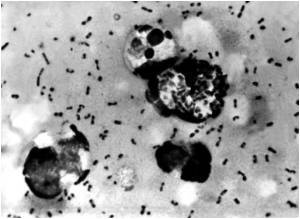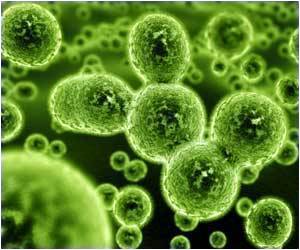
They looked at what would happen if they released virtual microbes from both the southern tip of South America and also from Mexico. Once airborne, microbes of 0.02mm in diameter and below can easily travel thousands of kilometres.
"Microbes less than 0.009 mm across went as far as Australia! These sizes would include microbes such as bacteria and many amoebae and also some fungal spores. We found that for smaller microbes, once airborne, dispersal is remarkably successful over a 1-year period," said Dr Wilkinson.
The most striking results are the extensive within-hemisphere distribution of small virtual microbes and the lack of dispersal between the Northern and Southern Hemispheres during the year-long time-scale of our simulations.
Dr Wilkinson said that the models show is that only the smallest microbes travel easily between continents.
The larger ones cannot easily travel between continents on the time span of a single year.
Advertisement
The study has been published in the Journal of Biogeography.
Advertisement









